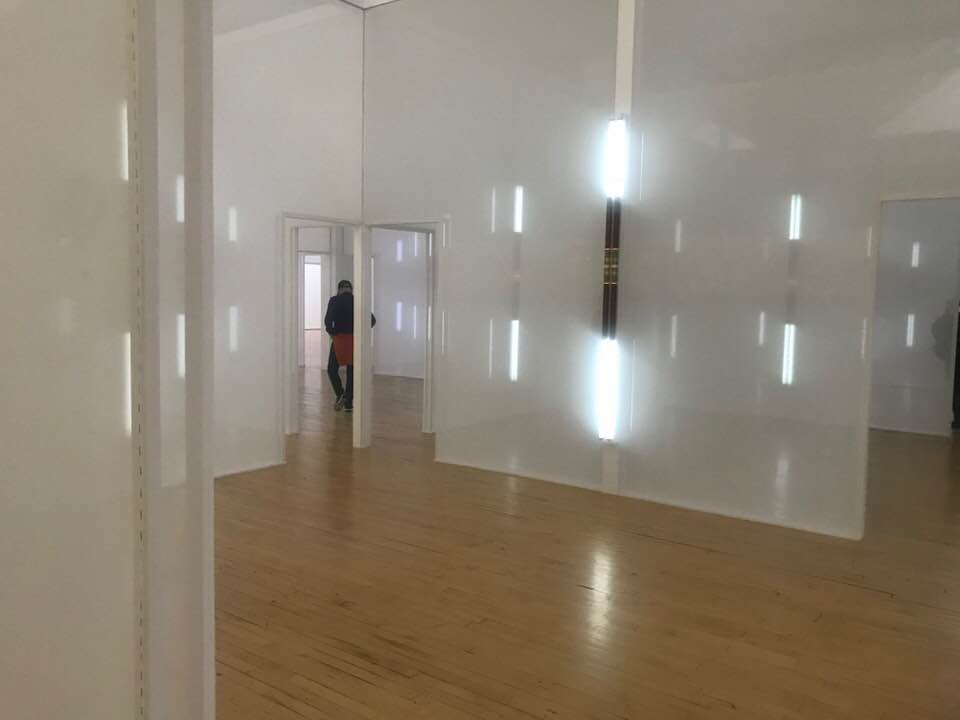Excursions in Space: Robert Irwin at Dia:Beacon
April 13, 2018
by Angela Whitlock
Robert Irwin’s Excursus: Homage to the Square³ at Dia:Beacon reminds me of the word “excursion,” a short, leisurely journey or trip, or the act of moving something along a path. Irwin’s Excursus was exactly this: a short journey through a maze-like installation, during which one leisurely ponders questions big and small. Its serene qualities alleviate the pressure to ultimately understand the piece from one “correct” vantage point, and instead focus on simply appreciating the work for its aesthetic ambiance and emotive qualities.
.jpeg)
IDSVA students encountered Excursus during the 2018 New York Residency at a visit to Dia:Beacon. The Dia Art Foundation assists artists with visionary projects that might not have otherwise been developed or exhibited due to their size or scope. Dia:Beacon contains a myriad of installation pieces that call into question how space is viewed and filled, through lighting, arrangement, the positioning of the pieces within the building, and how they relate to each other as a whole.
Upon entering Dia:Beacon, one of the first installations I came upon was Irwin’s Excursus. The piece consists of a series of 16 interior square “rooms” with walls built out of wood frames and white scrim, measuring 13 ½ feet high, 72 feet long, and 67 feet wide. Both natural light from the surrounding windows and colored fluorescent tubing inside of these fabricated rooms illuminated them. They instinctually appear inviting, enticing viewers of the work to enter inside of the installation and explore its many spaces.

I was initially drawn to this piece for its peaceful quality: the semitransparent walls and lighting initially evoked a sense of calm and quiet. As I wandered through the installation, I began to notice how the light worked with the scrim to create illusions of mirrored imagery. It was, at times, difficult to tell where the light source was coming from, and whether it was from one particular room or its adjoining rooms.
The tubing lights caused shadows from others walking through the space to be seen through the semi-transparent walls. These shadows almost looked like ghosts and made me think of the lingering imprints that were left behind from people who had visited the space days, weeks, or even months prior. Even though their shadows were continually changing, and shadows from previous visitors were no longer visible, their presence was still echoed within the rooms. The rooms initially appeared empty but were filled with illumination, past visitors, and those walking through them during the same time as I was, which furthered my desire to continue to explore it and to truly ponder what is meant by empty versus full space.
